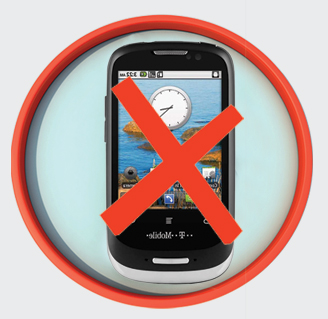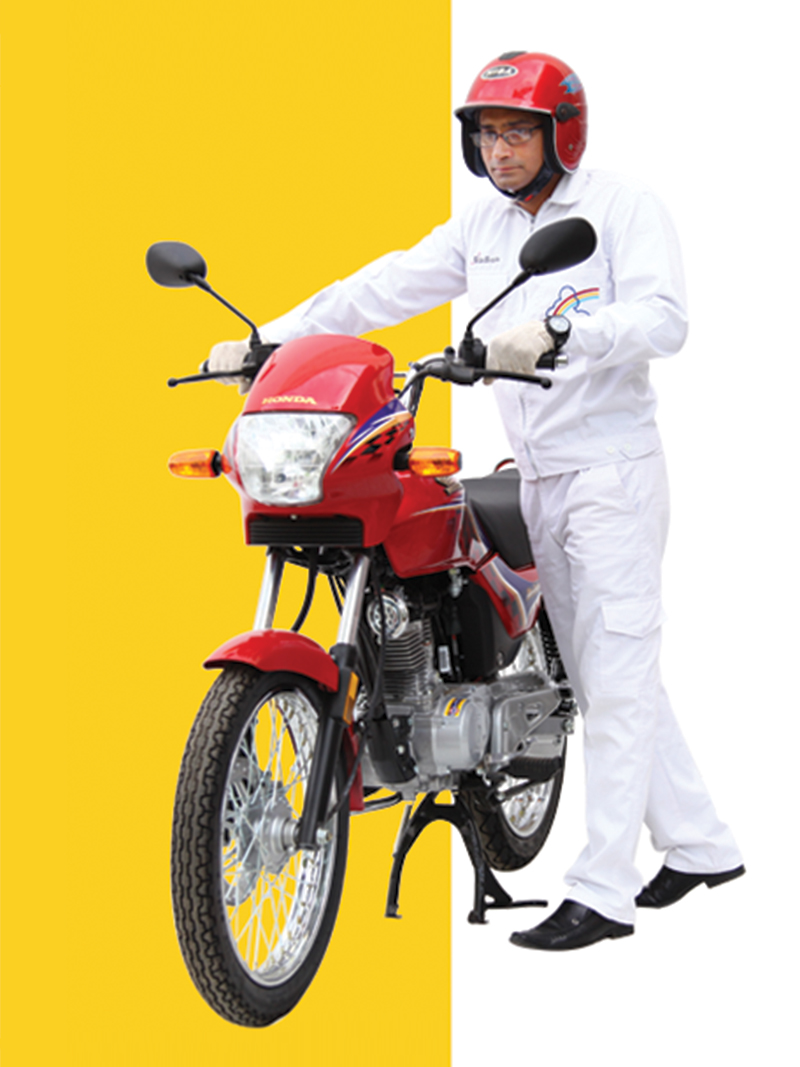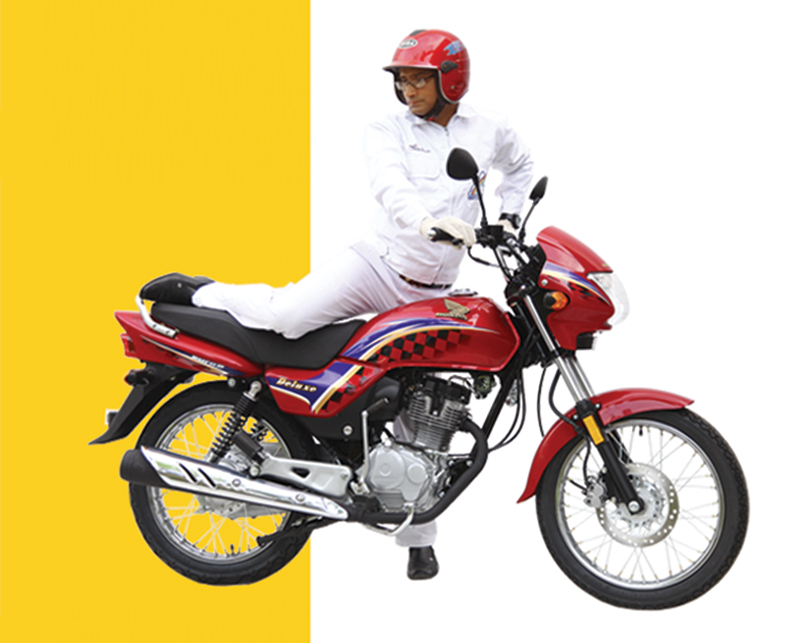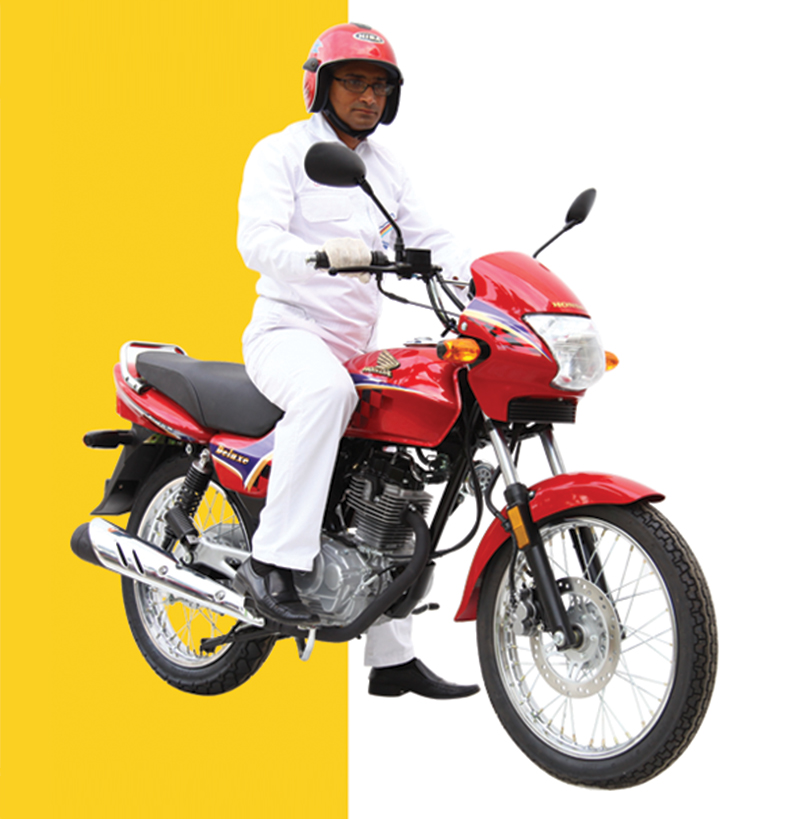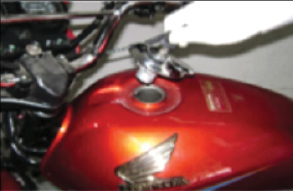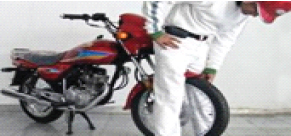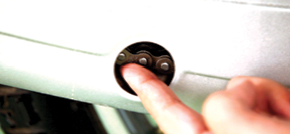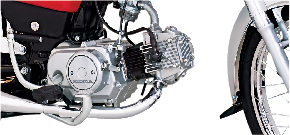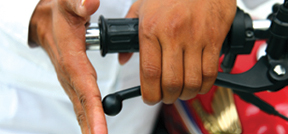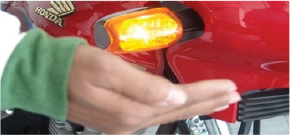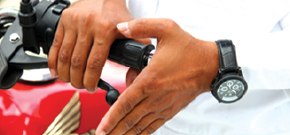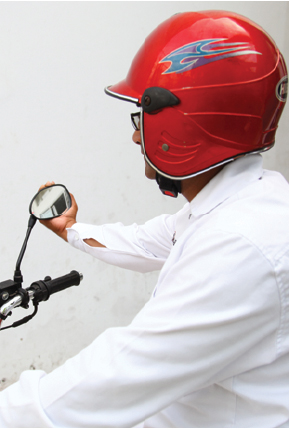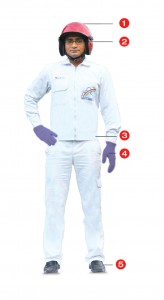
Safety Riding Guide
Importance of safety in motorcycle riding
Motorcycle is a two wheeled vehicle whose balance is dependent on the rider. Therefore, for safe riding, it is necessary for the rider to be trained properly. Following are the precautionary measures to ensure safe and comfortable ride.
(Abide by following seven points to ensure safe ride)
Eyes
Keep looking straight while riding motorcycle
Shoulders
Keep your shoulders in a normal position and do not stretch them while riding motorcycle.
Elbows
Bend your elbows in natural manner and keep them around your body. Keep the upper body loose.
Hands
Hold the handle from middle with mild grip and keep your wrist at an angle of 120o.
Hips
Sit on the motorcycle in a manner that both your hands reach the handle with ease.
Knees
Keep the fuel tank lightly stressed with your knees while riding.
Feet
Feet should be straight. Heel of shoes should not be on foot rest but a little way back.
- Do not use mobile phones while riding
- Always follow the traffic signals
- Always use indicators while turning
- Stop your motorcycle behind zebra crossing
- Maintain a firm grip on the handle bar of a motorcycle
- Do not Zigzag while riding the motorcycle
- Do not over-take from wrong or left side
- Stop and have a sharp look around before you enter the main road
- Do not use unnecessary, excessive or colorful lights
- Avoid over-speeding and racing
- Do not hang bag with handle
- Do not try to hold hand of a cyclist while riding motorcycle
- One wheeling is risky and dangerous, avoid it
- While riding motorcycle do not hold the helmet in hand
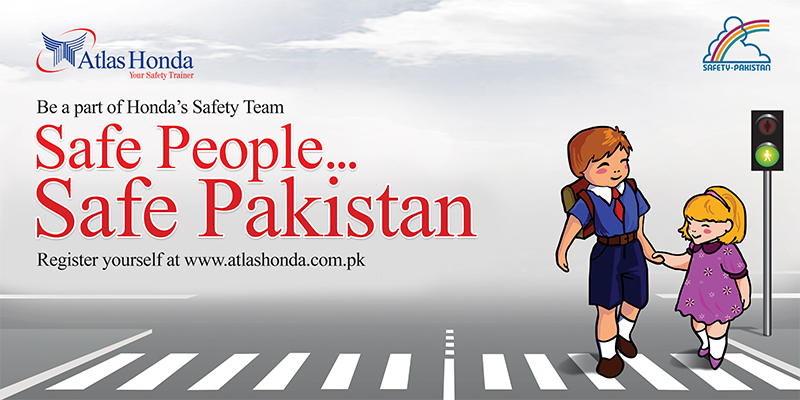
Unclamping from Main-Stand
Hold the handle bar with both hands and pull the handle back. Now, with a minor jerk push the handle frontwards and apply the front brake with the right hand to stop the motorcycle, moving forward.
Deploying Main-Stand
With your right foot, deploy the stand that both its edges are grounded. Grab the handle bar with your left hand and keep it straight. Grab the side grip/seat bar with your right hand and lift it up by weighing down on stand with your right foot.
Getting on and off from Motorcycle
Before getting on the Motorcycle, look back towards your right and likewise, before getting off it.
Sliding Motorcycle forward and backward
Grab the handle bar with both hands and after tilting the bike towards yourself move it forward, and for moving it backwards, tilt your head towards back and place the left hand on the handle bar and right hand on the seat and exert pressure on the right hand with your right foot.
To enjoy riding and to prevent unpleasant incidents, inspection of the motorcycle is mandatory. Before riding, ensure that your motorcycle is in mint condition.
Drive-chain:
Ensure the condition of driving chain for looseness/stress and dryness.Check the driving chain, whether it’s loose, stressed or dry
Cables:
Check the apparent condition and performance of all cables and apply oil if needed or change them.
Rear view mirror:
It is important to adjust the rear-view mirror on the right position, to assess the on-coming traffic from behind.
Adjustment of Mirror:
The one fourth inner areas of both mirrors should have the view of shoulders and the sky and road should appear to meet above the middle of the mirror.
1. Helmet
Most important part of the safety dress is the helmet. It prevents from outer particles to affect and in case of accidents, protects head and face from major injuries.
2. Goggles (Specs)
While riding, it protects from external elements (i.e. dust, sunlight and insects).
3. Jacket-Pants
While riding motorcycle, instead of loose clothes, tight clothes are more appropriate and safe. Thus, it is better to wear full sleeve shirt and tight bottom pants. Furthermore, bright colored clothes should be used.
4. Gloves
Sweating causes loose grip over the handle. Furthermore, in case of accidents, there are chances of hands getting bruised on the road. Therefore, gloves ensure safer ride.
5. Shoes:
Long heel and without laces shoes are recommended for riding as they help in maintaining balance.
Brakes:
3 brakes work in a motorcycle and the right way to apply brakes will help you stop on your destination.
(1) Front Brake
(2) Rear Brake
(3) Engine Brake
Proper way of applying Brake
Stop the accelerator, and gradually apply the front brake. Where this brake starts to work, press down the rear brake pedal and simultaneously increase pressure on lever of front brake too (to stop the motorcycle; the role of front brake is 60% while rear brake is 40%). Do not press clutch because the engine brake also helps in stopping the motorcycle. If you apply the brakes and the clutch simultaneously, the motorcycle will require more distance before it finally stops, as the engine brake will become useless. Press the clutch, only when the motorcycle is about to stop, or the engine is about to turn off.

